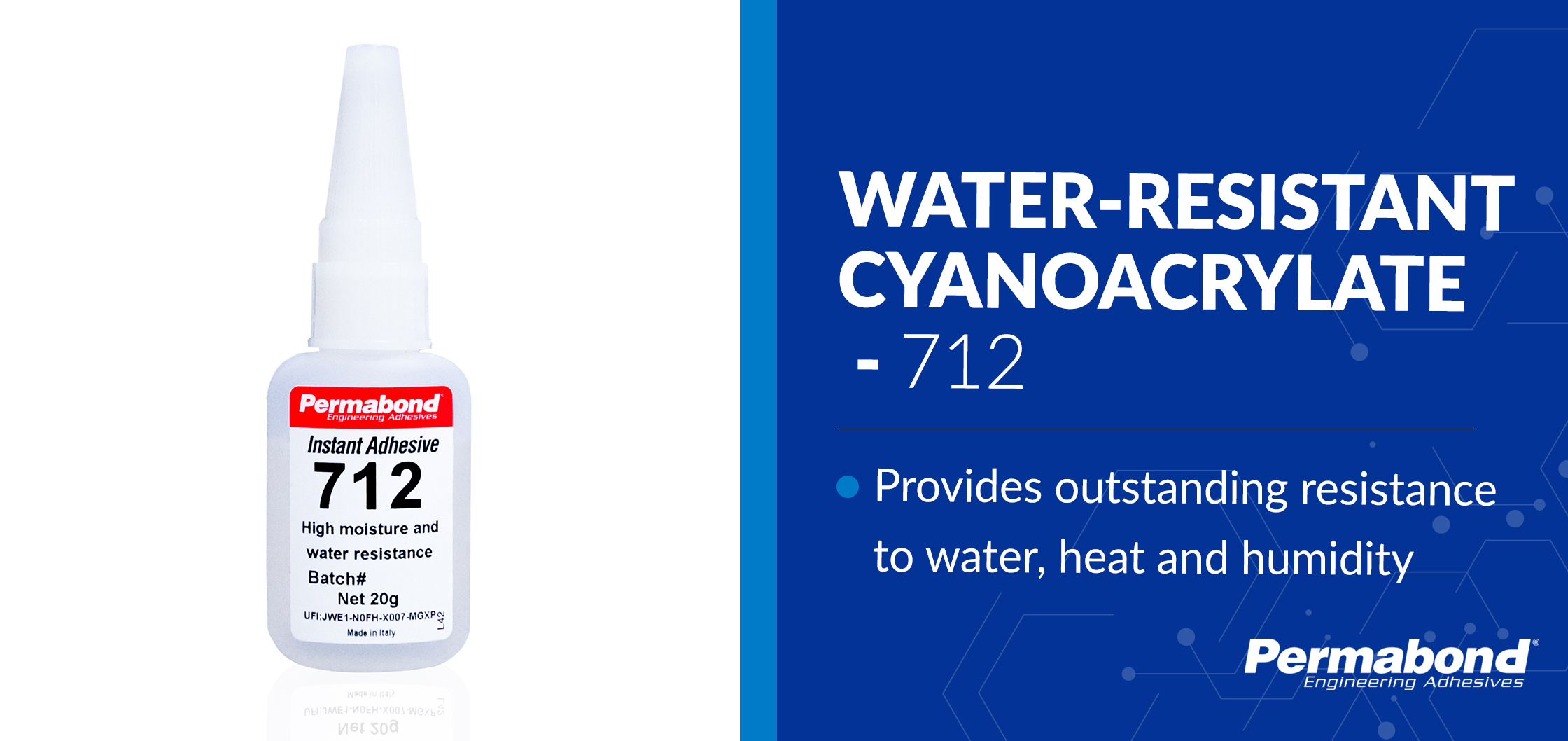Filled or Fulfilled Epoxy Adhesives
The word filler makes me think of something of secondary importance used to take up space. It conveys the idea of a cheap additive used to stretch the main ingredients. When it comes to filling epoxy structural adhesives, the filler often provides beneficial properties. Some fillers reduce costs, while others are the most expensive part of the formulation.
Types of Fillers & Property Provided:
- Glass spheres – to act as a spacer to control the gap.
- Silver – to promote electrical conductivity
- Aluminum – promote thermal conductivity
- Silica – to dial in the desired viscosity.
- Other “fillers” are used to make the epoxy flame retardant, dimensional stability, abrasion resistant, thermal resistant, machinable and the list goes on.
When we review the list of properties that these fillers impart, it is clear that these properties are secondary only to the strength and cure properties of the epoxy adhesive. Fillers can be key ingredients in epoxy formulations. Chemists work with a seemingly endless number of raw materials to create epoxy adhesives with the variety of properties needed to fulfill the application needs.
Epoxy Adhesives

Epoxies are in the Structural Adhesive classification. Structural Adhesives form bonds that will not fail when a bonded joint is stressed to the yield point of the material being bonded. As such the adhesive is part of the structure of the assembly. Structural Adhesives like epoxies are used in place of, or in addition to, mechanical fastenings in many industries including; automotive, aerospace, transportation, electronics, medical, dental, food machinery and equipment industries.
Common Reasons to Replace Mechanical Fasteners with Epoxy Adhesives:
- Weight reduction – In many applications, the desire for weight reduction is to increase a vehicle’s fuel economy. In others, it is to reduce the shipping weight or portability of the device. Both of these factors weigh heavily on the profitability of every manufacturer.
- Stress distribution – The ability to spread the epoxy adhesive across a larger area can increase product life. For example, motor magnets are very hard and brittle. Clips held the magnets in place. A common motor failure reason was the magnets shattering at the clip points. Bonded magnets distribute that stress across the magnet’s entire surface, avoiding concentrated stress points.
- Substrate integrity – Rivets, screws, bolts etc… all require holes in a substrate. These create weak points and can contribute to fatigue. Structural adhesives used in place or of or in addition to these fasteners provide support at these joints.
- Substrate selection – The increase stress distribution and substrate integrity can allow engineers to reduce the thickness of substrate being used. This plays a key role in the weight reduction. It is not only that epoxy adhesives weigh less than fasteners but that the higher structural integrity of the assembly allows for further weight reduction in the materials being bonded.
Why replace welding with adhesives?
Structural adhesive bonding in place of welding offers further advantages. Further potential savings can be obtained on review of the materials being used. Some assemblies require steel for one portion but another portion can be as effectively done with a composite material or aluminum. This can reduce cost and weight further.
Filled or Unfilled, 1K (single part epoxy) or 2K (two part epoxy), heat cure or room temperature cure – or some combination of both, epoxy adhesives are available to meet a large variety of industry needs. The choices can be overwhelming, but specialty epoxy adhesive manufacturers thrive on assisting engineers through the multitude of products to quickly arrive at the best solution for the application at hand.
Let’s Discuss Your Project.
"*" indicates required fields
Products
Technical Support

Permabond will help you select the right adhesive for your application.






